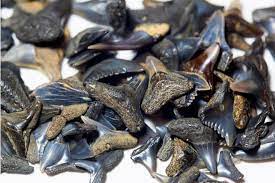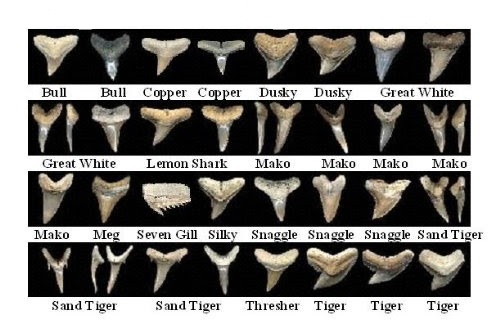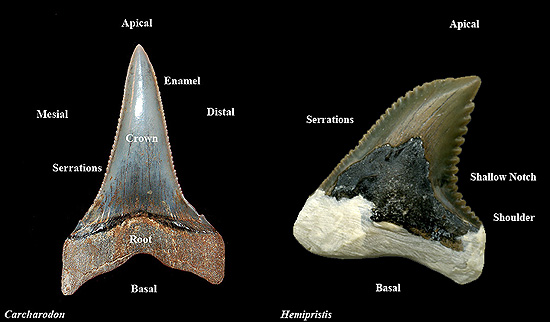Theresa Broderick

This is in dedication to my dog Brody. He was a loyal companion whenever I went shark tooth hunting. He was always by my side, offering comfort with a wagging tail and a gentle nuzzle. He was more than just a pet; he was a constant source of love and companionship, always there to brighten my day and remind me that I’m never alone.






Sharks lose their teeth frequently, and the frequency varies depending on the species and the individual shark. Sharks have multiple rows of teeth, and when a tooth is lost or damaged, it is quickly replaced by a new one from the row behind it. This process is called “tooth replacement” or “tooth regeneration.”
The rate of tooth replacement can vary widely among species. For example, some species of sharks, like the Great White Shark, can lose up to 30,000 teeth in their lifetime, while others, like the Bull Shark, may lose fewer teeth. The rate of tooth replacement also depends on factors such as the shark’s age, diet, and overall health. Sharks typically lose their teeth while feeding or during mating, when their teeth may become damaged or dislodged. The lost teeth are quickly replaced by new ones, ensuring that the shark always has a full set of functional teeth.
Sharks typically lose their teeth while feeding or during mating, when their teeth may become damaged or dislodged. The lost teeth are quickly replaced by new ones, ensuring that the shark always has a full set of functional teeth.


